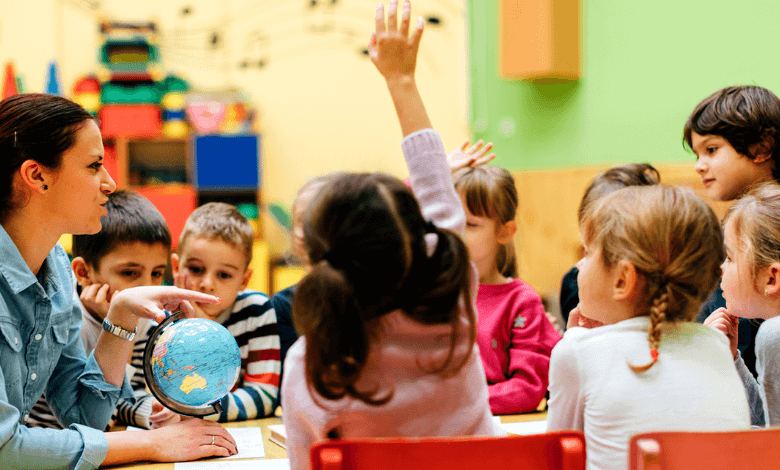Students Ask: Why is Climate Change Not Being Taught in Class?

In a world where the mercury soars to new heights, and the skies rumble with the echoes of weather-related catastrophes, today’s youth stand as the vanguard of climate consciousness. But even as their passion for climate change surges, a disconcerting truth emerges—school learning materials are, in some instances, a muted chorus on this defining issue. While young activists clamor for education, their classrooms often remain silent.
Students Taking the Lead
Amara Ifeji, 21, a senior at Northeastern University and an environmental justice advocate, embodies this generational paradox. Self-taught in all things climate, she reflects on her low-income high school in Maine, where climate change instruction for STEM students was conspicuously absent. The nuanced impact on marginalized communities remained unexplored.
Despite the notable strides taken by certain states to revise standards and curricula, a substantial chasm remains. Many students find their demand for climate education unanswered. Polls reveal that a majority of teachers avoid discussing the subject, deeming it beyond their purview.
This educational deficit, observers contend, amounts to a missed chance. In an era where schools grapple with pandemic-induced setbacks, why not embrace an issue that fuels youthful passion? Climate change, advocates argue, poses an existential threat to students’ quality of life. A 2021 study unearthed that climate change stirs emotions ranging from sadness to anger among young people globally. Further research underscores a link between climate education and future reductions in carbon emissions.
Silent Textbooks and Tiptoeing Media
The silence around climate change in classrooms finds an echo in textbooks and children’s media. College-level textbooks, despite the overwhelming evidence of human-induced climate change, have trimmed their discussions. Young learners fare no better; popular children’s TV shows and family movies scarcely broach the subject.
This vacuum in education materials intertwines with varying learning standards and requirements. Congressional endeavors to bolster climate change education have faltered. UNESCO research spotlights global challenges in addressing this topic, with the United States grappling with book bans and curricular restrictions.
A Risky Endeavor
In the educational landscape, climate change instruction often walks a tightrope. Efforts to suppress or mandate “both sides” of the issue have created uncertainty. Teachers and schools, aware of public support for climate education, often face restrictions that turn this topic into a curricular minefield.
Bill Bigelow, co-director at the Zinn Education Project, underscores the interdisciplinary nature of climate education, transcending science to touch history and language arts. Yet, aligning these standards with the urgency of the climate crisis proves challenging.
A Call for Climate Activism
Some argue that the very education facing restrictions holds the potential to empower students as climate activists. Youth-led lawsuits in states like Montana and Hawaii, seeking accountability for climate change, exemplify the transformative power of climate education.
Also Read : How is Climate Change Hindering Maui’s Rebuilding After the Wildfires?
As today’s students emerge as leaders, advocating for climate education takes center stage. In Maine, where Amara Ifeji’s journey began, a bill she championed now funds climate education resources for teachers. The climate generation is proving that their education is a catalyst for change, forging a path towards a healthier planet.



